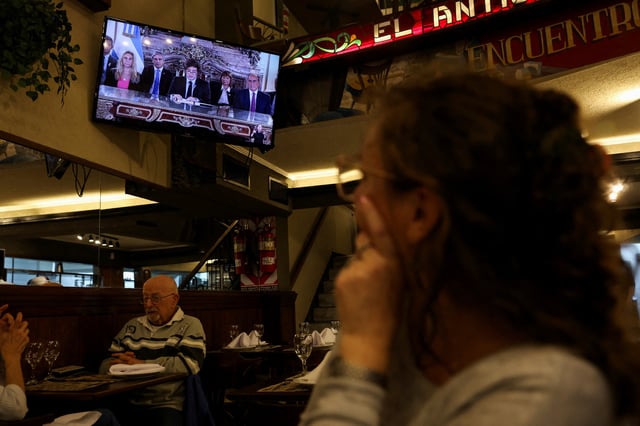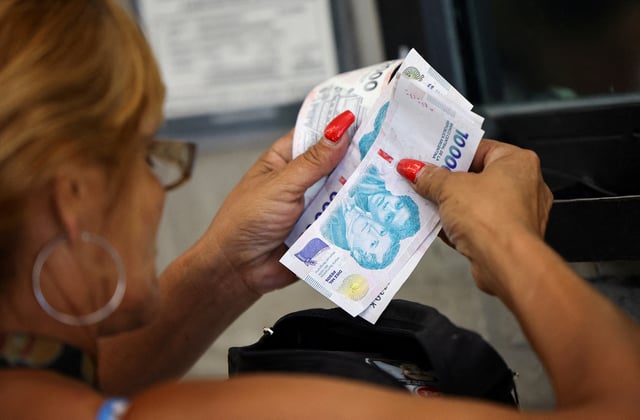Overview
- Argentina's peso now floats within a 1,000–1,400 pesos per dollar band after the removal of strict capital and currency controls in place for six years.
- The currency depreciated by 8.4% on its first trading day under the new regime, settling at 1,190 pesos per dollar, with further adjustments anticipated.
- A $20 billion IMF loan, alongside $8 billion from other international lenders, aims to bolster Argentina's depleted foreign reserves and support economic reforms.
- President Javier Milei's administration is pursuing fiscal discipline and structural reforms, including reserve buildup targets and a zero-deficit commitment under the IMF deal.
- Grain exporters welcomed the relaxed controls, but delayed harvests and market uncertainty are slowing immediate agricultural sales.



